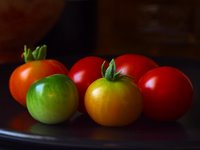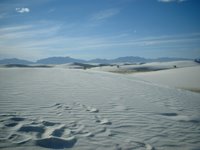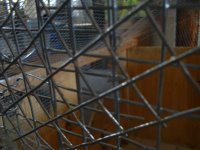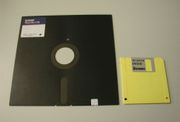
In the words of a dishtowel I saw in a catalog: "Coffee: do stupid things faster and with more energy."
Yep. Coffee definitely does that for me!
I wanted to find out a little more about the history of coffee, so here are some trivial tidbits about this wonderful beverage.
Coffee originated somewhere in Africa and around 700 AD, there was evidence of coffee use in the Red Sea area. Coffee made its way out of Africa into Arabia, where Muslims transformed the drink by roasting the beans. Wherever Muslims went, coffee went, too. Through Muslim trade and the expansion of Islam, coffee made its way to Turkey, India and Europe.
The world's very first coffee shop was
Kiv Han in Constantinople which opened its doors in 1475. Like today's coffee houses, people listened to music, talked and drank coffee, of course.
In Europe, coffee spread from Venice and finally made its way to England. In English coffee houses, the idea and word for "tipping" servers made its way into the language. Tips was actually an acronym, TIPS, which stood for "To Insure Prompt Service." Tins were labeled as such and customers would throw coins into the tin so that they were served faster.
In 1607, coffee made its way to America with Captain John Smith. Incredibly, by 1668, coffee replaced the favorite breakfast drink of New York City, which had previously been beer!
One of the most important factors in brewing coffee at home, the filter, was invented by Merlitta Bentz. She used her son's blotter paper in her brewing machine and found the flavor was improved by use of the filter. She and her husband patented the idea in 1908.
Sources:
About.com,
Roast and Post Coffee Company
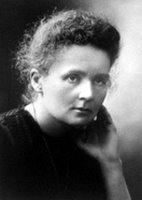 Marie Curie was the first scientist to be awarded two Nobel Prizes: one in Physics (1903) and one in Chemistry (1911).
Marie Curie was the first scientist to be awarded two Nobel Prizes: one in Physics (1903) and one in Chemistry (1911).